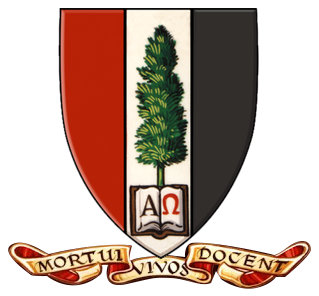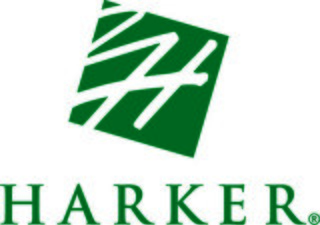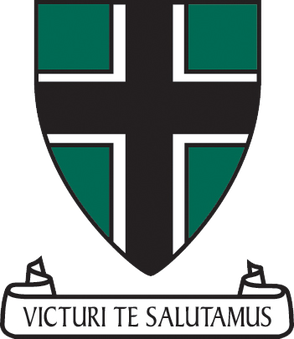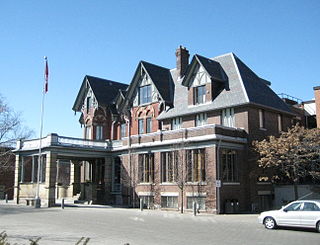Phillips Academy is a co-educational university-preparatory school for boarding and day students in grades 9–12, along with a post-graduate year. The school is in Andover, Massachusetts, United States, 25 miles north of Boston. Phillips Academy has 1,149 students, and is highly selective, accepting 9% for the 2022–2023 school year. It is part of the Eight Schools Association and the Ten Schools Admissions Organization.

Phillips Exeter Academy is a coeducational university preparatory private school for boarding and day students in grades 9 through 12, including postgraduate students. Located in Exeter, New Hampshire and founded in 1781, it is one of the oldest secondary schools in the United States.

The University of Massachusetts Lowell is a public research university in Lowell, Massachusetts, with a satellite campus in Haverhill, Massachusetts. It is the northernmost member of the University of Massachusetts public university system and has been accredited by the New England Commission of Higher Education (NECHE) since 1975. With 1,110 faculty members and over 18,000 students, it is the largest university in the Merrimack Valley and the second-largest public institution in the state. It is classified among "R2: Doctoral Universities – High research activity".

Groton School is a private college-preparatory day and boarding school located in Groton, Massachusetts. It is affiliated with the Episcopalian tradition.

St. Paul's School is a college-preparatory, coeducational boarding school in Concord, New Hampshire, affiliated with the Episcopal Church. The school's 2,000-acre (8.1 km2), or 3.125 square mile, campus serves 540 students, who come from 37 states and 28 countries.

The Roxbury Latin School is a private, college-preparatory day school located in West Roxbury, Boston, Massachusetts. Founded in 1645 by John Eliot under a charter received from King Charles I of England, Roxbury Latin bills itself as the oldest boys' school in North America and the oldest school in continuous existence in North America.

The Harker School is a private, non-profit school located in San Jose, California. Founded in 1893 as Manzanita Hall, Harker now has three campuses: Bucknall, Union, and Saratoga, named after the streets on which they lie.

Belmont Hill School is an independent boys school on a 32-acre (130,000 m2) campus in Belmont, a suburb of Boston. The school enrolls approximately 440 students in grades 7–12, separated into the Middle School and the Upper School, and refers to these grades as "Forms" with a Roman Numeral I through VI. While the majority of attending students are day students, there are some who enroll in the school's five-day boarding program, which becomes an option for students in their 9th grade year.

Brooks School is a private, co-educational, college-preparatory boarding school in North Andover, Massachusetts, United States, on the shores of Lake Cochichewick.
The Independent School League (ISL) is an athletic conference of sixteen private college-preparatory schools in Greater Boston. Its parent organization is the New England Preparatory School Athletic Council (NEPSAC). Founded in 1948, the ISL sponsors competitions in twenty-five sports.

St. Mark's School is an Episcopal college-preparatory day and boarding school in Southborough, Massachusetts, a suburb of Boston. Founded in 1865, it is one of the first British-style boarding schools in the United States.
Need-blind admission in the United States refers to a college admission policy that does not take into account an applicant's financial status when deciding whether to accept them. This approach typically results in a higher percentage of accepted students who require financial assistance and requires the institution to have a substantial endowment or other funding sources to support the policy. Institutions that participated in an antitrust exemption granted by Congress were required by law to be need-blind until September 30, 2022.

Branksome Hall is an independent day and boarding school for girls in Toronto, Ontario, Canada. It is Toronto's only all-years International Baccalaureate (IB) World School for girls. Branksome Hall is located on a 13-acre campus in the Toronto neighbourhood of Rosedale and educates more than 900 students from Junior Kindergarten to Grade 12.

Deerfield Academy is an independent college-preparatory boarding and day school in Deerfield, Massachusetts. Founded in 1797, it is one of the oldest secondary schools in the United States.
Notre Dame Academy is a private, all-girls Roman Catholic high school in Hingham, Massachusetts. It is located in the Roman Catholic Archdiocese of Boston.

Groton-Dunstable Regional High School (GDRHS) is a high school located in Groton, Massachusetts, United States, and serves the communities of Groton and Dunstable in the Groton-Dunstable Regional School District. While GDRHS is the only public high school located within those communities students from Groton may also attend the public Nashoba Valley Technical High School and students from Dunstable may attend the public Greater Lowell Technical High School. Approximately 810 students attend GDRHS and they are primarily graduates of Groton-Dunstable Regional Middle School. GDRHS has a primarily college preparatory curriculum, with approximately 87% of its students attending four-year colleges and over 90% attending two- or four-year colleges upon graduation in 2010.

The Lawrenceville School is a coeducational preparatory school for boarding and day students located in the Lawrenceville section of Lawrence Township, in Mercer County, in the U.S. state of New Jersey. Lawrenceville is a member of the Eight Schools Association and the Ten Schools Admissions Organization.
The Eight Schools Association (ESA) is a group of large private college-preparatory boarding schools in the Northeastern United States. It was formally established in 2006, but has existed in some form since the 1973–74 school year. Although several ESA schools no longer publish their endowment figures, in 2016 the ESA contained seven of the ten wealthiest traditional college-preparatory boarding schools in the United States, as measured by total size of endowment. All eight ESA members commit to provide financial aid equivalent to the full demonstrated need of the U.S. citizen students that they admit, as determined by the schools' respective financial aid departments.

Middlesex School is a coeducational, independent, and non-sectarian high school located in Concord, Middlesex County, Massachusetts. Founded in 1901 to educate the children of wealthy Boston Brahmin families, Middlesex introduced a national scholarship program in 1935 and currently educates 420 students from 32 U.S. states and 20 countries.

Léman Manhattan Preparatory School is a private school located in the Financial District of Manhattan, New York City. The school serves students from early childhood through 12th grade at two locations in Lower Manhattan.
















